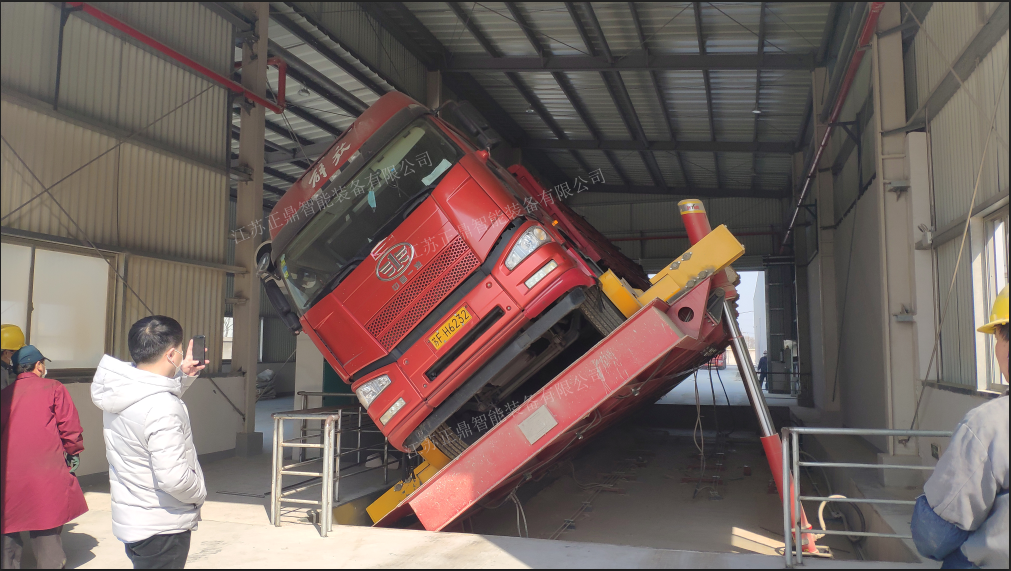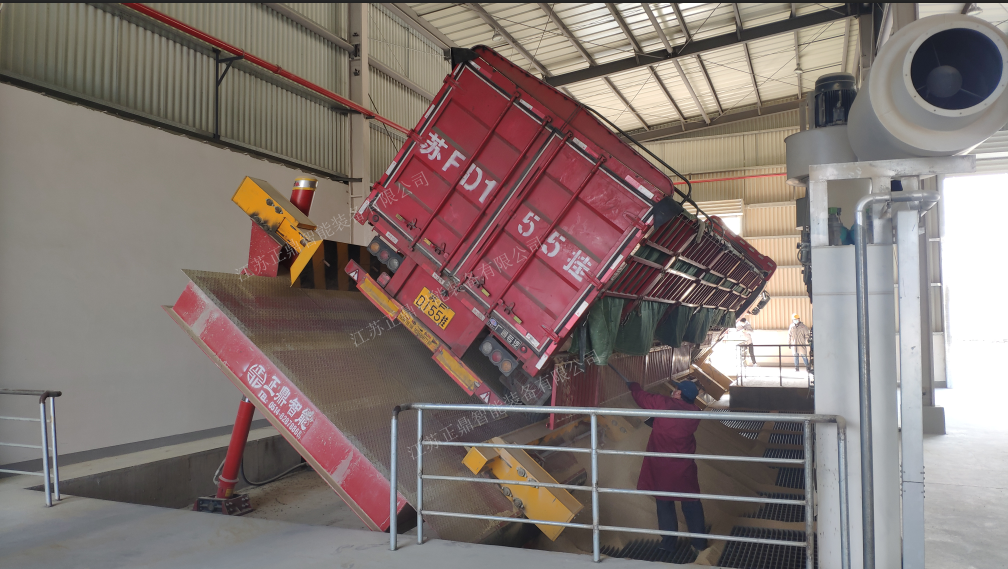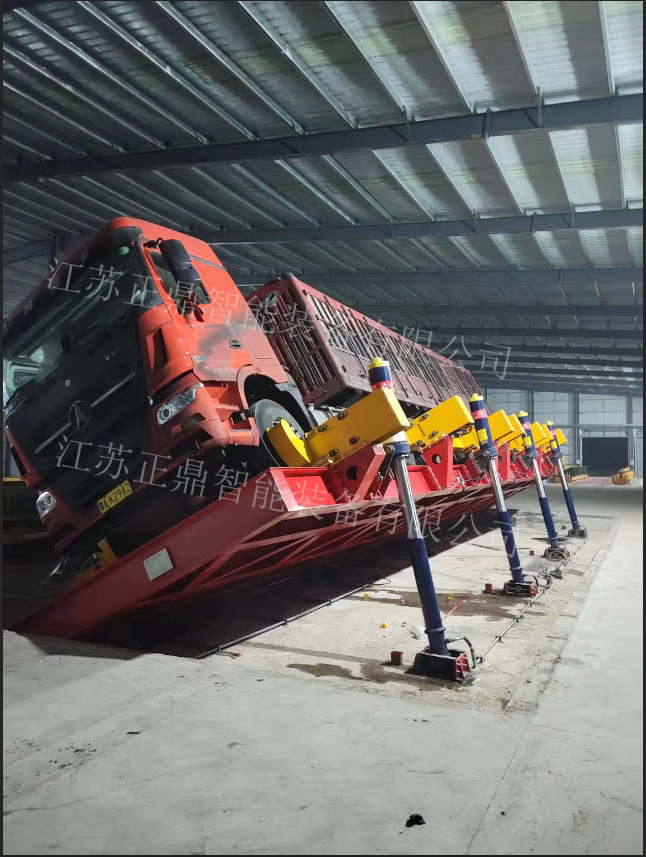container loading unloading
Container loading unloading systems represent a crucial component in modern logistics and supply chain operations. These sophisticated systems combine mechanical engineering and automation technology to efficiently handle shipping containers at ports, warehouses, and distribution centers. The primary function involves the systematic movement of cargo in and out of containers, utilizing specialized equipment such as reach stackers, gantry cranes, and automated guided vehicles (AGVs). Modern container loading unloading systems incorporate advanced sensors and control systems to ensure precise positioning and handling of cargo, minimizing the risk of damage while maximizing operational efficiency. These systems can handle various container sizes, from 20-foot to 40-foot standard containers, and accommodate different cargo types, including palletized goods, bulk materials, and oversized items. The technology integrates seamlessly with warehouse management systems (WMS) and terminal operating systems (TOS), enabling real-time tracking and inventory management. Safety features include load monitoring, collision avoidance systems, and emergency stop mechanisms, ensuring secure operations while protecting both cargo and personnel. The systems also feature adaptable configurations to meet specific facility requirements and can be scaled according to throughput demands.


